Home>Garden Essentials>What To Put Over Grass Seed
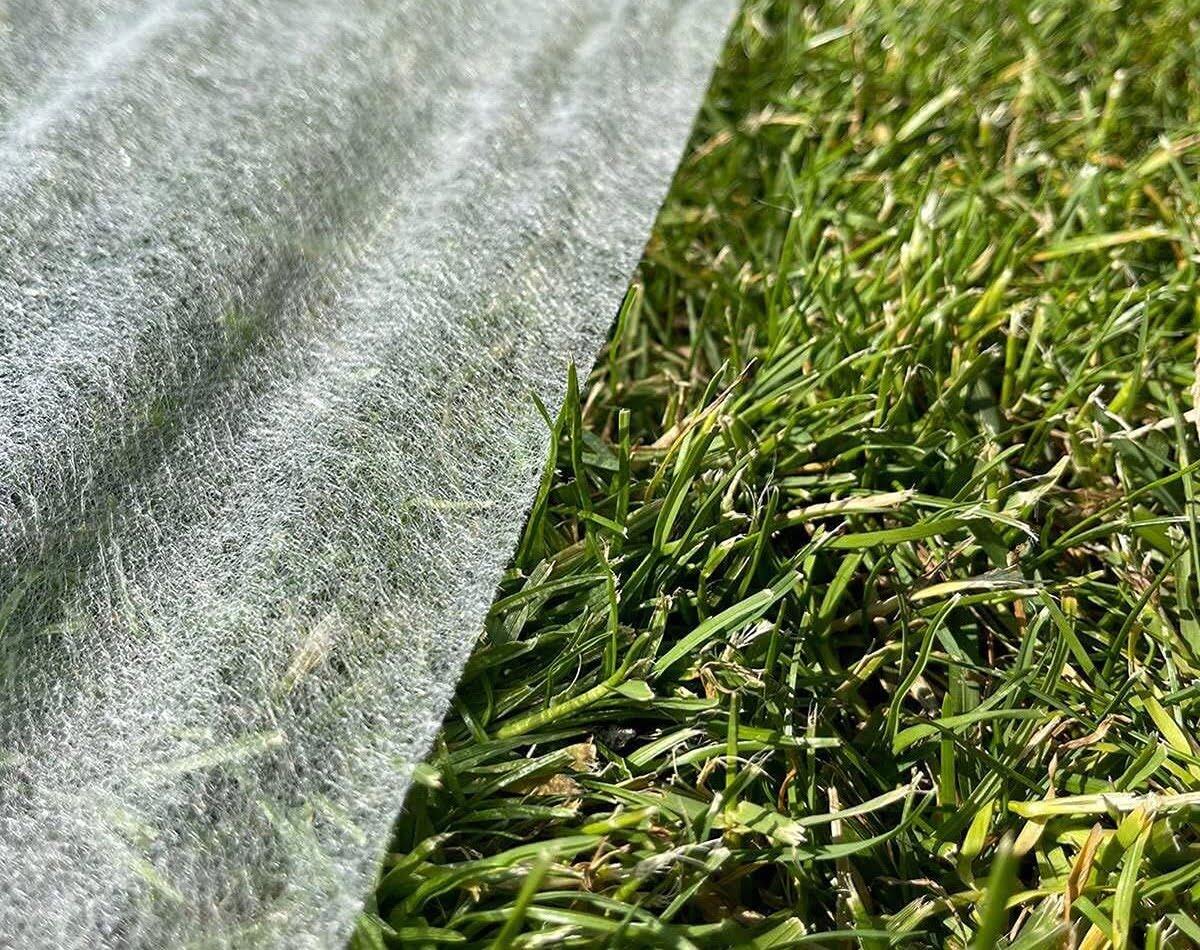

Garden Essentials
What To Put Over Grass Seed
Modified: August 16, 2024
Looking to grow a lush garden? Learn what to put over grass seed to ensure successful germination and healthy growth. From mulch to straw, we've got you covered!
(Many of the links in this article redirect to a specific reviewed product. Your purchase of these products through affiliate links helps to generate commission for Storables.com, at no extra cost. Learn more)
Introduction
Welcome to our comprehensive guide on what to put over grass seed. If you’re planning to sow grass seed, you may be wondering if you should cover it or leave it uncovered. The truth is, covering grass seed can have numerous benefits and help increase the chances of successful germination and establishment.
When you cover grass seed, you provide an added layer of protection against various elements, such as wind, birds, and heavy rain, which can wash away the seeds or disturb their placement. Additionally, the covering helps retain moisture around the seeds, creating a favorable environment for growth. It also offers some protection against temperature fluctuations and helps to prevent soil erosion.
In this article, we’ll explore the different options for covering grass seed, including both natural and synthetic alternatives. We’ll also discuss some essential considerations to ensure the best possible results for your grass seed.
Key Takeaways:
- Covering grass seed with materials like straw, hay, or coconut coir helps protect it from birds, retain moisture, and prevent soil erosion, increasing the chances of successful germination and healthy grass growth.
- After seeding grass, ensure consistent moisture, gradual covering removal, and proper maintenance to support successful germination and establish a lush, vibrant lawn. Happy gardening!
Read more: How To Put Concrete Over Grass
Importance of Covering Grass Seed
Covering grass seed is crucial for several reasons. Let’s take a closer look at why it’s important:
- Protection from Birds and Wildlife: Leaving grass seed uncovered can make it an easy target for birds and other wildlife. They may mistake the seeds for food or simply disturb them while foraging. By covering the grass seed, you can deter these animals and prevent them from disrupting the seed’s growth.
- Preventing Soil Erosion: A covering helps to prevent soil erosion, especially in areas prone to heavy rain. It acts as a barrier, reducing the impact of rainfall and minimizing the likelihood of the seeds being washed away. This is particularly important on slopes or areas with loose, sandy soil.
- Moisture Retention: Grass seeds need consistent moisture to germinate and establish themselves. By providing a covering, you create a microclimate that helps to retain moisture around the seeds, reducing evaporation and ensuring a more favorable environment for germination.
- Temperature Regulation: A covering can help regulate soil temperature and protect the seeds from extreme heat or cold. This is especially important during the initial stages of growth when the seeds are more vulnerable. By providing insulation, the covering helps to create more favorable conditions for seedling development.
- Germination Success: Ultimately, covering grass seed significantly increases the chances of successful germination. By offering protection, moisture retention, and a stable environment, the covering creates optimal conditions for the seeds to sprout and establish healthy grass.
Keep in mind that different covering materials have varying degrees of effectiveness in providing these benefits. Now that we understand the importance of covering grass seed, let’s explore the different options available.
Benefits of Using a Covering for Grass Seed
Using a covering for grass seed offers several benefits that contribute to successful germination and establishment. Let’s explore some of the advantages:
- Protection from Harsh Weather: Natural coverings such as straw, hay, and coconut coir provide a protective layer over the grass seed, shielding it from the elements. They help safeguard the seeds against heavy rain, wind, and excessive sunlight, which can dry out the soil and inhibit germination.
- Moisture Retention: Natural coverings help retain moisture around the grass seed, creating a conducive environment for germination. They minimize water evaporation, retain soil moisture, and reduce the frequency of watering needed. This is particularly beneficial in hot and dry climates.
- Protection from Birds and Wildlife: Natural coverings act as a deterrent to birds and wildlife, preventing them from accessing and disturbing the grass seed. This helps to ensure that the seeds remain undisturbed until germination occurs.
- Soil Erosion Prevention: Natural coverings provide a layer of protection against soil erosion. They help bind the soil particles together, preventing them from being washed away by water or blown away by wind. This is particularly important on slopes or areas with loose soil.
- Organic Matter Contribution: These natural coverings gradually break down over time and contribute organic matter to the soil. As the covering decomposes, it enriches the soil with nutrients, improving its fertility and overall health.
Now that we’ve explored the benefits of using a covering for grass seed let’s discuss the various natural covering options available.
Natural Covering Options
When it comes to covering grass seed naturally, several options are commonly used. Let’s take a look at some of them:
Straw as a Covering for Grass Seed
Straw is one of the most popular and readily available natural coverings for grass seed. It offers numerous advantages that contribute to successful seed germination and establishment.
When using straw as a covering for grass seed, spread a thin layer (about 1/4 to 1/2 inch thick) evenly over the seeded area. Here are some key benefits of using straw:
- Moisture Retention: Straw helps to retain moisture around the grass seed, preventing excessive evaporation from the soil. This ensures the seeds remain moist and increases the chances of successful germination.
- Protection from Birds and Wildlife: Straw creates a physical barrier that deters birds and other animals from reaching the grass seed. It helps to prevent disturbances and ensures that the seeds are undisturbed for longer periods, allowing for optimal germination.
- Temperature Regulation: Straw acts as an insulating layer, helping to regulate soil temperature. It provides some protection against extreme heat or cold, creating a more favorable environment for seedling growth.
- Soil Erosion Prevention: Straw helps to prevent soil erosion by reducing the impact of heavy rain and wind on the seeded area. It acts as a protective blanket, preventing the soil particles from being washed or blown away.
- Cost-Effective and Readily Available: Straw is a cost-effective option as it is widely available in garden centers, farms, or agricultural supply stores. It provides an affordable solution for covering larger areas.
When using straw as a covering, it’s essential to select clean straw without weed seeds. Ensure that the straw layer is not too thick, as a thick layer can smother the grass seed and prevent proper germination. Additionally, monitor the moisture level regularly and adjust watering accordingly to prevent excessive dryness or sogginess.
Now that we’ve explored the benefits of using straw as a covering for grass seed, let’s move on to another natural option: hay.
Read more: How Much Straw To Put Over Grass Seed
Hay as a Covering for Grass Seed
Hay is another popular natural covering option for grass seed. It offers similar benefits to straw but has a few distinct characteristics that make it a favorable choice for specific situations.
When using hay as a covering for grass seed, follow similar guidelines as with straw. Spread a thin layer (about 1/4 to 1/2 inch thick) evenly over the seeded area. Here are some key benefits of using hay:
- Moisture Retention: Like straw, hay helps retain moisture around the grass seed, creating an environment conducive to germination. It minimizes evaporation and ensures adequate moisture for seedling growth.
- Protection from Birds and Wildlife: Hay serves as a physical barrier, deterring birds and animals from accessing the grass seed. It helps to prevent disturbances and ensures the seeds remain undisturbed during the crucial germination period.
- Organic Matter Contribution: Unlike straw, hay contains more organic matter and nutrients. As the hay decomposes, it adds valuable organic matter to the soil, enriching its fertility and supporting healthy grass growth.
- Temperature Regulation: Hay acts as an insulating layer, helping to regulate soil temperature. It provides some protection against extreme heat or cold, creating an ideal environment for seedling development.
- Seed Protection: Hay can offer better protection for smaller grass seed varieties. The thicker and more substantial nature of hay provides additional coverage and shelter for delicate seeds.
When using hay as a covering, similar precautions apply as with straw. Ensure the hay is clean and free from weed seeds to prevent unwanted vegetation from germinating. Like with straw, avoid using a thick layer, as it can hinder grass seed germination.
Now that we’ve covered the benefits of using hay as a natural covering for grass seed, let’s explore another option: coconut coir.
Coconut Coir as a Covering for Grass Seed
Coconut coir, derived from the fibrous husks of coconuts, is a versatile and environmentally friendly natural material that can be used as a covering for grass seed. It offers several benefits that contribute to successful germination and growth.
When using coconut coir as a covering for grass seed, spread a thin layer evenly over the seeded area. Here are some key advantages of using coconut coir:
- Moisture Retention: Coconut coir has a high water-holding capacity, making it an excellent choice for retaining moisture around the grass seeds. It helps to create a moist environment that is favorable for germination and seedling establishment.
- Soil Erosion Prevention: Coconut coir acts as a protective barrier against soil erosion. It helps to stabilize the soil and minimize the impact of heavy rain or wind, preventing the seeds from being washed away.
- Weed Suppression: Coconut coir can help inhibit weed growth. It forms a physical barrier, reducing sunlight penetration and suppressing weed germination, which can compete with the grass seedlings for nutrients and resources.
- Organic Matter Enrichment: As coconut coir decomposes slowly, it adds organic matter to the soil, enhancing its fertility and structure. This improves soil health and provides a nutrient-rich environment for the grass to thrive.
- Environmental Sustainability: Coconut coir is a sustainable and renewable resource. It is a byproduct of the coconut industry, and using it as a covering for grass seed helps reduce waste and promotes eco-friendly gardening practices.
Coconut coir is available in various forms, such as coconut coir mats, rolls, or loose fibers. Before applying it as a covering, ensure that it is adequately moistened to enhance its water- holding capacity.
Synthetic Covering Options
While natural coverings are popular and environmentally friendly, there are also synthetic options available. These options offer specific advantages and may be suitable for certain situations. Let’s explore a few of the commonly used synthetic coverings for grass seed:
After sowing grass seed, cover it with a thin layer of straw to help retain moisture and protect the seeds from birds. This will improve germination rates and help establish a healthy lawn.
Mesh Netting as a Covering for Grass Seed
Mesh netting is a synthetic covering option that provides protection and support for grass seed. It consists of a mesh-like material, typically made of plastic or biodegradable materials. Mesh netting offers several benefits when used as a covering for grass seed.
When using mesh netting, spread it over the seeded area and secure the edges to keep it in place. Here are some key advantages of using mesh netting:
- Bird and Wildlife Deterrence: Mesh netting acts as a physical barrier, preventing birds and other animals from accessing and disturbing the grass seed. It helps to protect the seeds during germination and early growth stages.
- Protection from Soil Erosion: Mesh netting helps to stabilize the soil, reducing the risk of soil erosion from heavy rain or wind. It holds the topsoil in place and prevents the seeds from being washed away, especially in sloped or exposed areas.
- Seedling Support: Mesh netting provides support for emerging seedlings. It helps to keep them upright and prevents them from shifting or getting damaged due to wind or foot traffic. This support promotes healthier growth and establishment.
- Water and Nutrient Permeability: Mesh netting allows water and nutrients to penetrate through the material and reach the grass seeds. This ensures that the seeds receive the necessary moisture and nutrients for germination and growth.
- Easy Installation and Removal: Mesh netting is easy to install and remove. It can be rolled out over the seeded area and secured with stakes or grounds pins. After the grass seed has germinated and established, it can be easily lifted and removed without causing any damage to the growing grass.
While mesh netting offers many benefits, it is important to choose the right type of mesh netting for grass seed application. Opt for a fine mesh that allows for proper airflow and light penetration while providing adequate protection.
Now that we’ve discussed mesh netting as a synthetic covering option, let’s explore another synthetic option: biodegradable erosion control blankets.
Read more: Why Do You Put Hay Over Grass Seed
Biodegradable Erosion Control Blankets as a Covering for Grass Seed
Biodegradable erosion control blankets are a synthetic covering option specifically designed to prevent soil erosion and promote the establishment of vegetation, including grass seed. These blankets are made from natural and biodegradable materials such as straw, coconut fibers, or jute mesh.
When using biodegradable erosion control blankets as a covering for grass seed, lay the blanket over the seeded area and secure it with stakes or staples. Here are some key advantages of using biodegradable erosion control blankets:
- Soil Erosion Prevention: The primary function of erosion control blankets is to prevent soil erosion. They provide a protective layer that helps to stabilize the soil and protect it from the impact of rain and wind. This is especially beneficial for slopes or areas with loose soil.
- Moisture Retention: Erosion control blankets help to retain moisture around the grass seed, ensuring a favorable environment for germination and early growth. They minimize evaporation and reduce the frequency of watering needed after seeding.
- Temperature Regulation: These blankets act as insulators, protecting the seeds and soil from extreme temperature fluctuations. They create a microclimate that promotes better seedling development in both hot and cold weather conditions.
- Weed Suppression: Biodegradable erosion control blankets can help suppress weed growth. By providing shade and hindering weed seed germination, they reduce competition for nutrients and resources, allowing the grass seed to establish more effectively.
- Biodegradability and Soil Enrichment: One of the key advantages of biodegradable erosion control blankets is their eco-friendly nature. Over time, the blankets break down naturally, enriching the soil with organic matter and nutrients. This enhances soil fertility and promotes long-term health of the grass.
It is important to follow the manufacturer’s instructions for installing and securing the biodegradable erosion control blanket to ensure proper coverage and effectiveness. Once the grass seed has germinated and established, the blankets will biodegrade into the soil, eliminating the need for removal.
Now that we’ve explored biodegradable erosion control blankets, let’s move on to another synthetic covering option: paper mulch.
Paper Mulch as a Covering for Grass Seed
Paper mulch is a synthetic covering option that provides several benefits when used for grass seed germination and establishment. It is made from recycled paper materials and acts as a protective barrier over the seeded area.
When using paper mulch as a covering, spread it evenly over the grass seed and secure the edges to keep it in place. Here are some key advantages of using paper mulch:
- Moisture Retention: Paper mulch helps retain moisture around the grass seed, preventing excessive evaporation from the soil. This ensures the seeds remain consistently moist, promoting successful germination and establishment.
- Weed Suppression: Paper mulch acts as a physical barrier, inhibiting weed growth by blocking sunlight and impeding weed seed germination. This reduces competition for nutrients and resources, allowing the grass seed to thrive.
- Soil Erosion Prevention: Paper mulch helps prevent soil erosion by protecting the soil surface from the impact of heavy rain and wind. It acts as a shield, minimizing the risk of the seeds being washed away or the soil being displaced.
- Biodegradability: Paper mulch is biodegradable, meaning it will break down naturally over time and become part of the soil organic matter. This contributes to soil health, enriching it with nutrients and improving its structure.
- Environmentally Friendly: Using recycled paper as mulch reduces waste and promotes sustainable gardening practices. Paper mulch is an eco-friendly alternative to synthetic materials and breaks down without leaving harmful residues in the soil.
When using paper mulch, ensure that it is adequately wet before applying it to the grass seed. This will help anchor it to the soil and prevent it from blowing away. Monitor the moisture level regularly and water as needed.
Other Considerations
In addition to choosing the right covering for your grass seed, there are a few other considerations to keep in mind to ensure successful germination and establishment:
- Watering and Maintenance After Seeding: Proper watering is crucial for grass seed germination. Keep the seeded area consistently moist but avoid overwatering, as it can lead to fungal diseases. Follow the watering instructions provided for your specific grass seed type.
- Removing the Covering: Once the grass seed has germinated and established, it is important to remove the covering gradually. Start by partially removing the covering to allow the grass to grow through, and gradually remove it completely. Removing the covering too soon may disturb or uproot the seedlings.
- Tips for Successful Grass Seed Coverage: Ensure good seed-to-soil contact by raking the soil before seeding. Follow the recommended seeding rate and use high-quality grass seed suitable for your region and intended use. Take care when mowing the newly grown grass, ensuring it has reached an appropriate height.
By considering these factors and choosing the right covering for your grass seed, you can improve the chances of successful germination and establish a lush and healthy lawn. Happy gardening!
Now that we’ve covered the various natural and synthetic covering options, as well as important considerations for grass seed coverage, you’re ready to embark on your journey to a beautiful and thriving lawn. Best of luck!
Watering and Maintenance After Seeding
Proper watering and maintenance are essential after seeding to ensure the success of grass seed germination and establishment. Here are some key tips to follow:
- Watering: Watering is crucial for the germination of grass seed. After seeding, it is important to keep the soil consistently moist, but not waterlogged. Watering lightly and frequently is recommended to prevent the soil from drying out. Use a gentle spray or misting nozzle to avoid disturbing the seeds.
- Frequency: Water the seeded area lightly 2-3 times a day, or as needed based on the local climate and weather conditions. The goal is to keep the soil moist at all times during the germination period. As the grass seedlings start to grow, gradually reduce the frequency of watering.
- Depth: The water should penetrate the soil to a depth of about 1-2 inches. This ensures that moisture reaches the grass seed and encourages root development. Avoid excessive watering, which can lead to waterlogging and fungal issues.
- Maintenance: Along with proper watering, there are a few maintenance tasks to consider after seeding:
- Mowing: Once the grass reaches a height of about 3-4 inches, it is usually safe to mow. Set your mower blade to a higher setting to avoid cutting the grass too short and damaging the young seedlings.
- Feeding: Wait until the grass has established before applying any fertilizer, typically after the second or third mowing. Follow the manufacturer’s instructions and use a slow-release or starter fertilizer to provide essential nutrients for healthy growth.
- Weed Control: Weeds can compete with the grass seedlings for nutrients and resources. When the grass has established itself and is growing well, you can apply an appropriate weed control product to prevent weed growth. Follow the instructions carefully and choose a weed control method suitable for your grass type.
- Protecting Against Foot Traffic and Pets: Avoid walking on the newly seeded area until the grass has fully established. Likewise, keep pets off the area to prevent them from disturbing or damaging the grass seedlings.
Remember that each grass seed variety has specific requirements, so it’s important to consult the seed package or ask your local garden center for specific guidelines on watering and maintenance.
By following these watering and maintenance tips, you’ll give your grass seed the best chance to germinate and establish a healthy and beautiful lawn. Continued care and maintenance will ensure its long-term success. Happy gardening!
Removing the Covering Once the Grass Seed Germinates
Once the grass seed has germinated and you start to see the seedlings emerge, it’s important to gradually remove the covering you used during the seeding process. This will allow the young grass to grow freely and establish a healthy root system. Here are some key steps to follow when removing the covering:
- Partial Removal: Start by partially removing the covering to allow the emerging grass seedlings to grow through. Gently lift the edges of the covering and fold them back, exposing a small portion of the seedlings. This gradual exposure to light and air will help the grass acclimate to the new conditions.
- Monitor Growth: Keep a close eye on the growth of the emerging grass seedlings. Observe how well they respond to the partial removal of the covering. Ensure that they are continuing to grow and develop without any signs of stress or wilting. This will indicate that it’s safe to proceed with further removal of the covering.
- Timing: The timing for complete removal of the covering will vary depending on the grass species and local climate conditions. As a general guideline, consider removing the covering completely once the majority of the grass seedlings have established and are about 1-2 inches tall.
- Gradual Uncovering: When removing the covering completely, do it gradually to minimize any shock to the seedlings. Fold back the covering in sections, working your way across the seeded area, until the entire covering is removed. This will give the grass seedlings time to adjust to the open environment and continue their growth without any sudden changes.
- Post-Uncovering Care: After removing the covering, continue to water the grass seedlings as needed to keep the soil moist. Gradually reduce the frequency of watering and transition to a regular watering routine based on the specific needs of your grass species. Follow any additional maintenance practices recommended for the particular grass variety you have seeded.
It’s important to note that removing the covering too soon can expose the young grass seedlings to stress and damage. On the other hand, waiting too long to remove the covering can potentially hinder the growth and development of the grass. Careful observation and gradual removal will help ensure the best outcome for your newly germinated grass seedlings.
By following these steps and properly timing the removal of the covering, you’ll give your grass seedlings the best chance to flourish and establish a healthy and vibrant lawn. Continued care and maintenance will support their ongoing growth and development. Happy gardening!
Tips for Successful Grass Seed Coverage
Ensuring successful grass seed coverage requires careful planning and implementation. Here are some tips to help you achieve optimal results:
- Prepare the Soil: Before seeding, prepare the soil by clearing away any debris, weeds, and rocks. Loosen the soil with a rake or tiller to create a favorable environment for seed germination.
- Choose the Right Grass Seed: Select grass seed that is suitable for your climate, soil type, and intended use. Consider factors such as sun exposure, foot traffic, and water availability when choosing the best grass seed variety for your area.
- Seed-to-Soil Contact: Ensure good seed-to-soil contact by raking the soil lightly before seeding. This will help the seeds make direct contact with the soil, increasing the chances of successful germination.
- Proper Seeding Rate: Follow the recommended seeding rate provided on the grass seed package. Over-seeding can lead to competition for resources, while under-seeding may result in inadequate coverage.
- Even Distribution: Achieve an even distribution of grass seed by using a spreader or broadcasting the seeds manually. This will help ensure consistent coverage and prevent patchiness in the lawn.
- Covering the Seed: Covering the grass seed with a suitable material, such as straw, hay, coconut coir, or synthetic mesh, provides protection, moisture retention, and helps prevent soil erosion. Choose a covering option that best suits your needs and the conditions of your area.
- Proper Watering: Maintain consistent moisture by watering the seeded area lightly and frequently during the germination period. Avoid overwatering, as it can lead to waterlogging and fungal issues. Gradually reduce the frequency of watering as the grass seedlings grow.
- Timely Maintenance: Take care to mow the grass seedlings at the appropriate height once they reach a height of about 3-4 inches. Follow a regular maintenance routine, including feeding, weed control, and protection against foot traffic and pets.
Conclusion
Achieving successful grass seed coverage requires careful attention to detail and adherence to proper practices. By following the tips outlined in this guide, you can increase the likelihood of successful seed germination and establishment. Remember to choose the right grass seed, prepare the soil, provide proper moisture and maintenance, and carefully remove any coverings once germination occurs.
With patience and consistent care, your grass seed will transform into a lush, vibrant lawn that enhances the beauty of your outdoor space. Enjoy the process and the satisfaction of seeing your efforts grow into a healthy and thriving lawn. Happy seeding!
Frequently Asked Questions about What To Put Over Grass Seed
Was this page helpful?
At Storables.com, we guarantee accurate and reliable information. Our content, validated by Expert Board Contributors, is crafted following stringent Editorial Policies. We're committed to providing you with well-researched, expert-backed insights for all your informational needs.
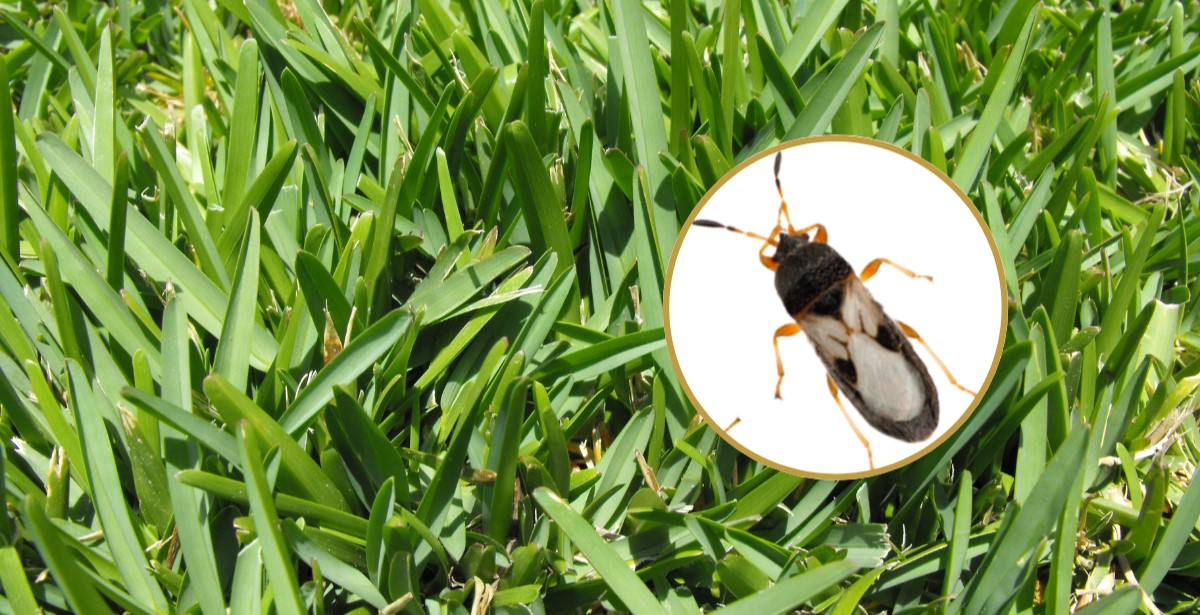

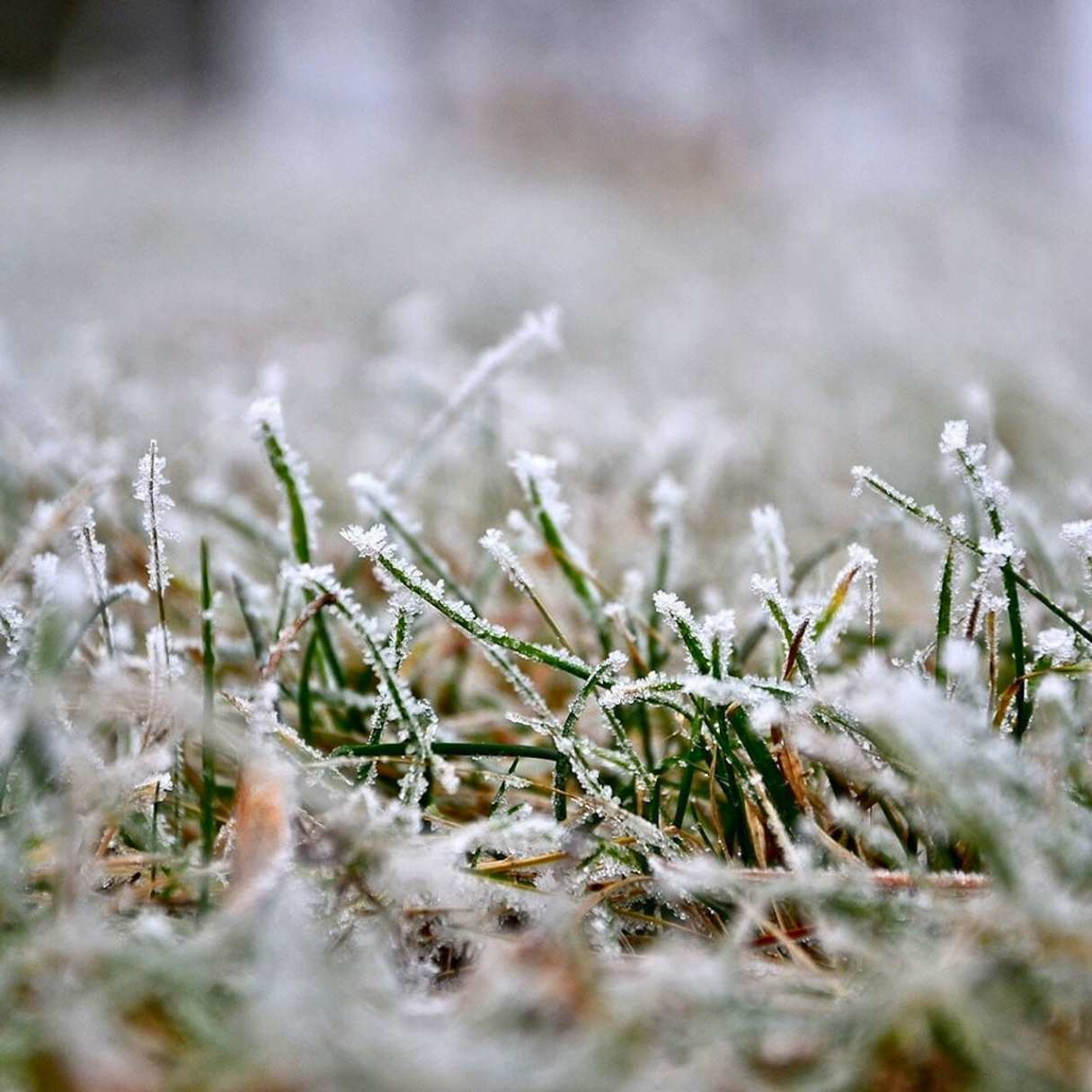

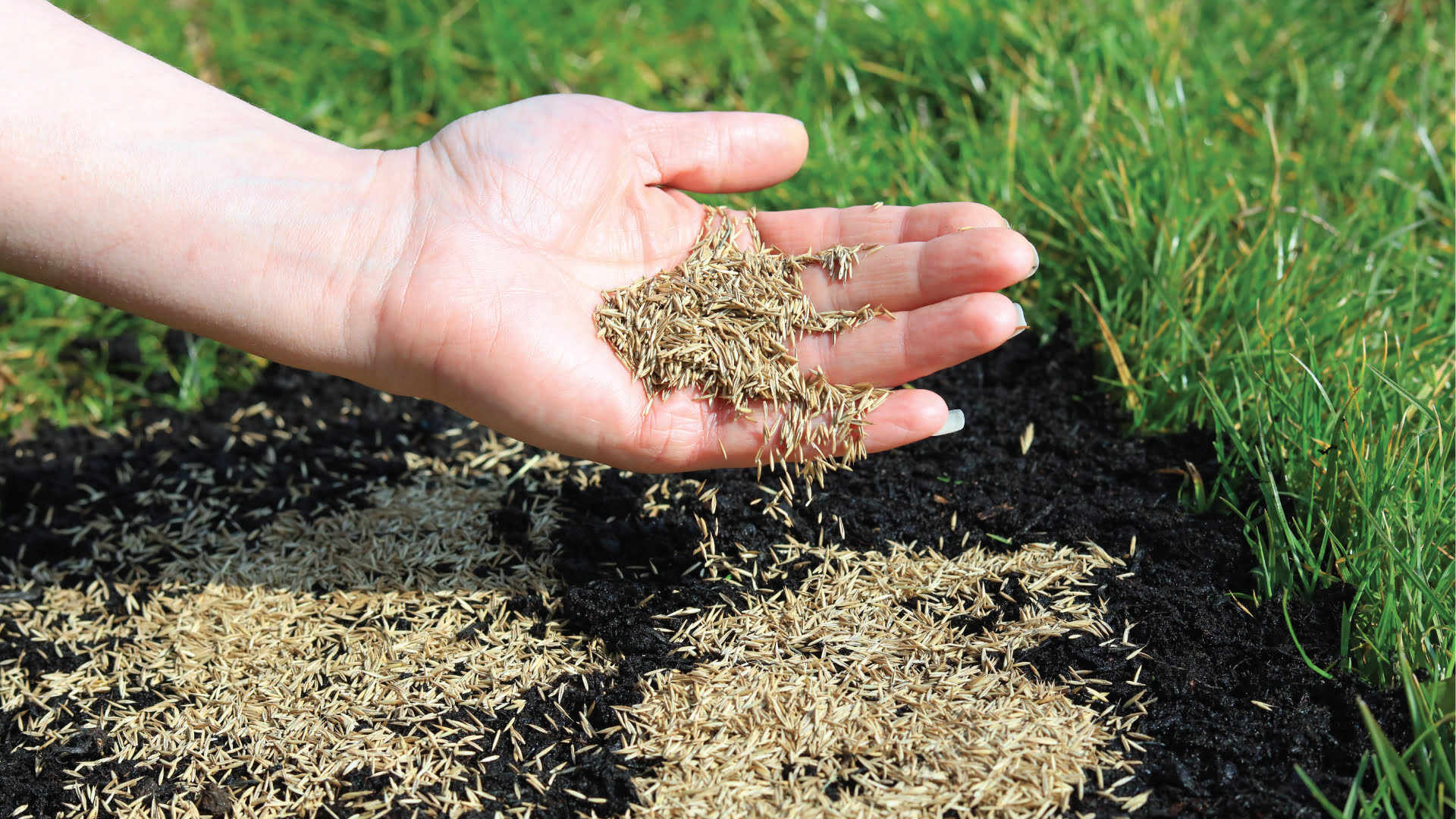
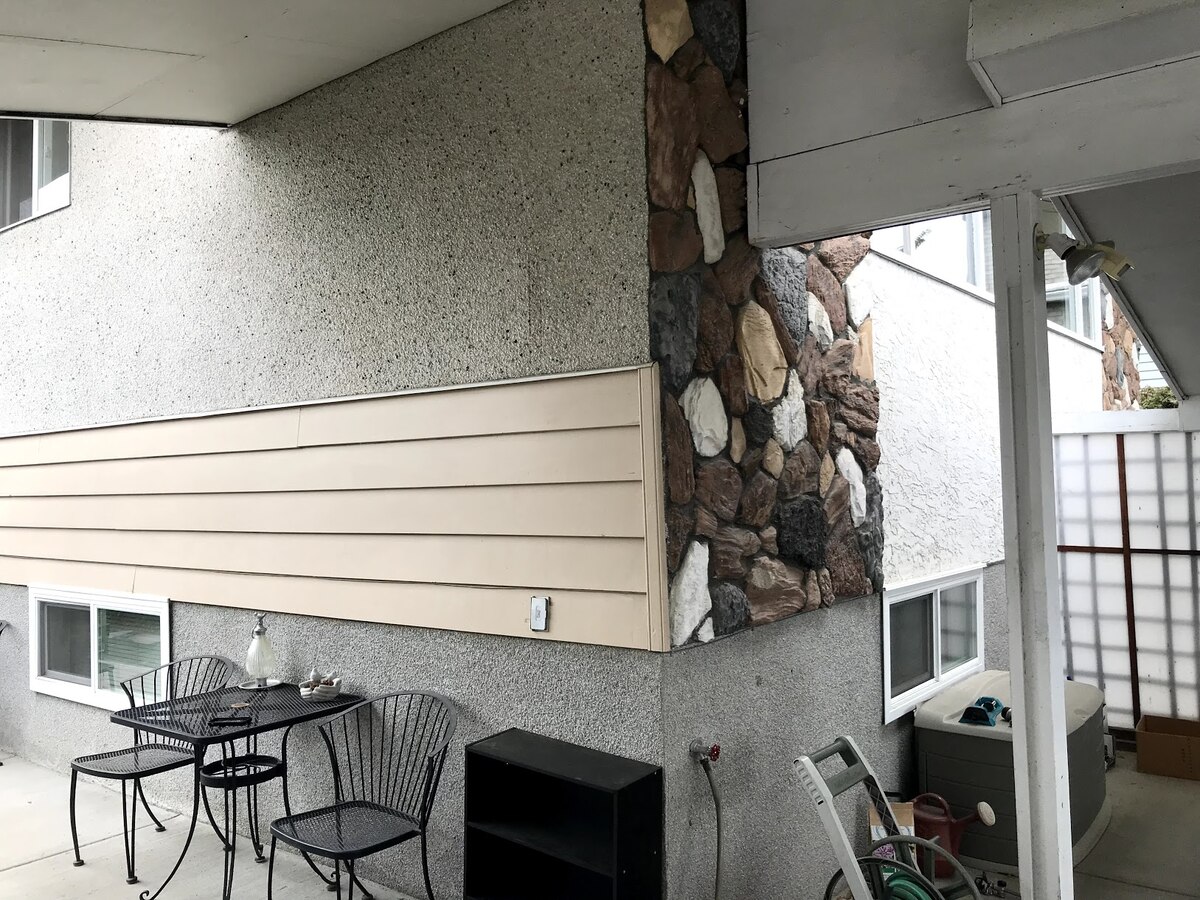
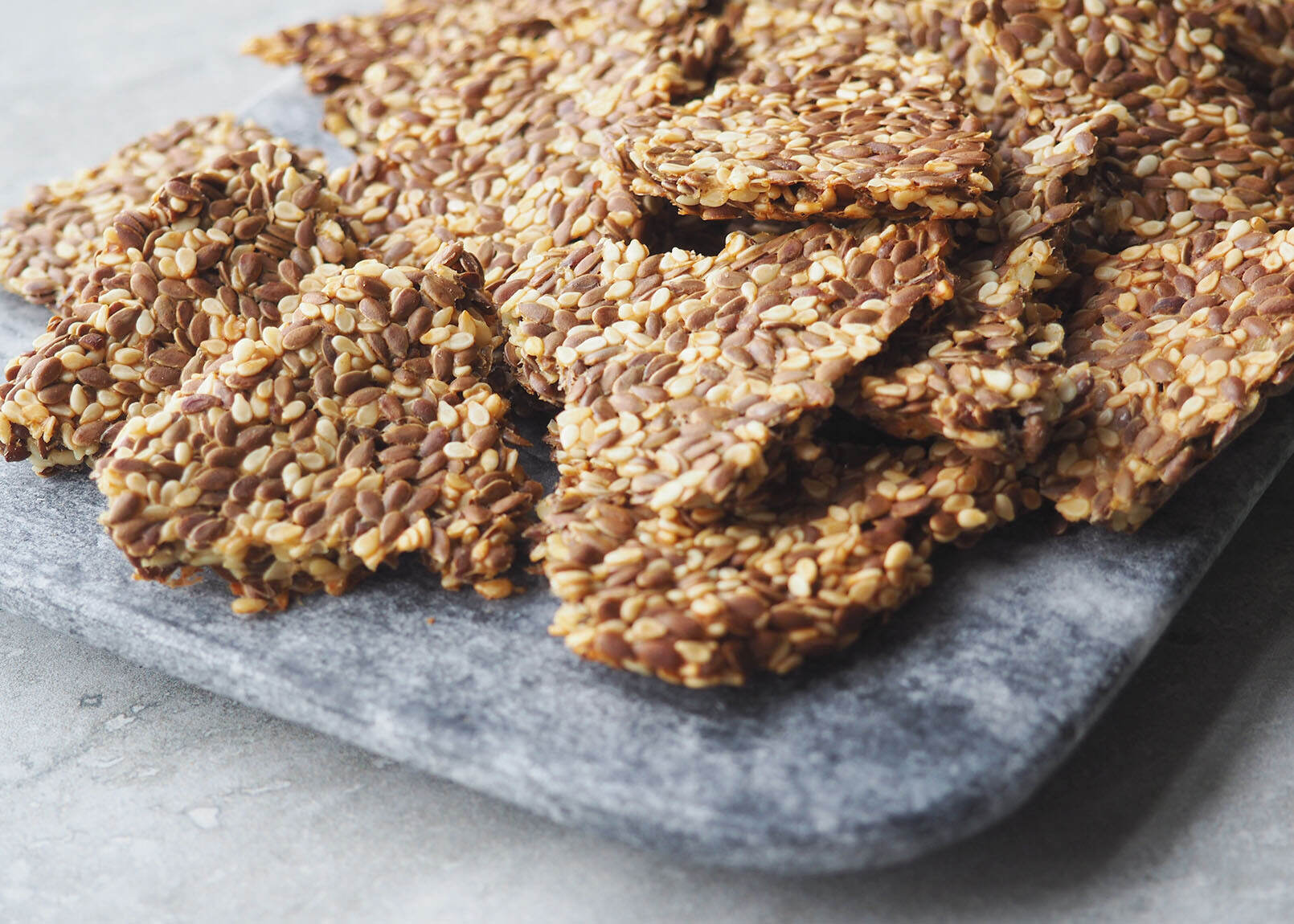

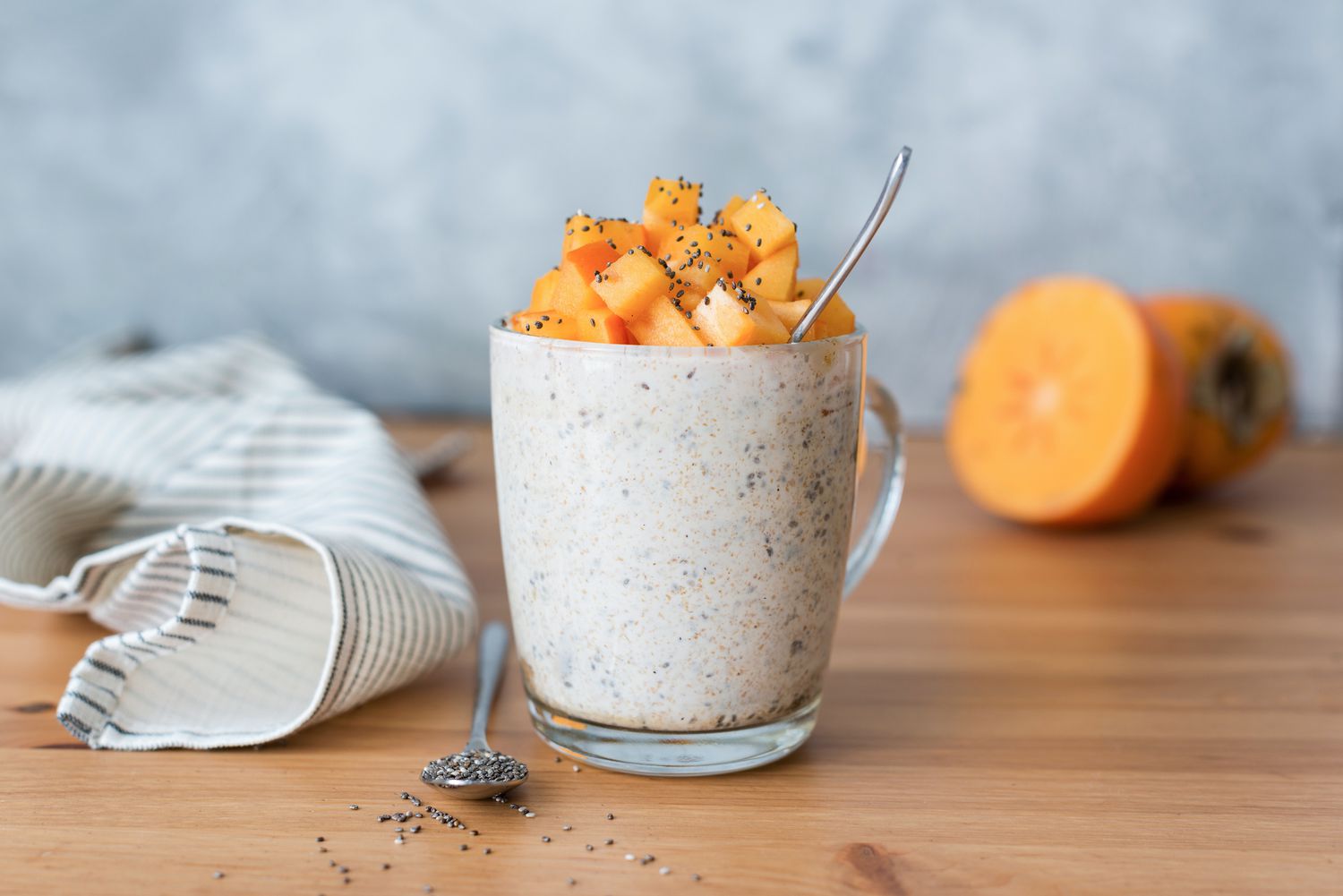
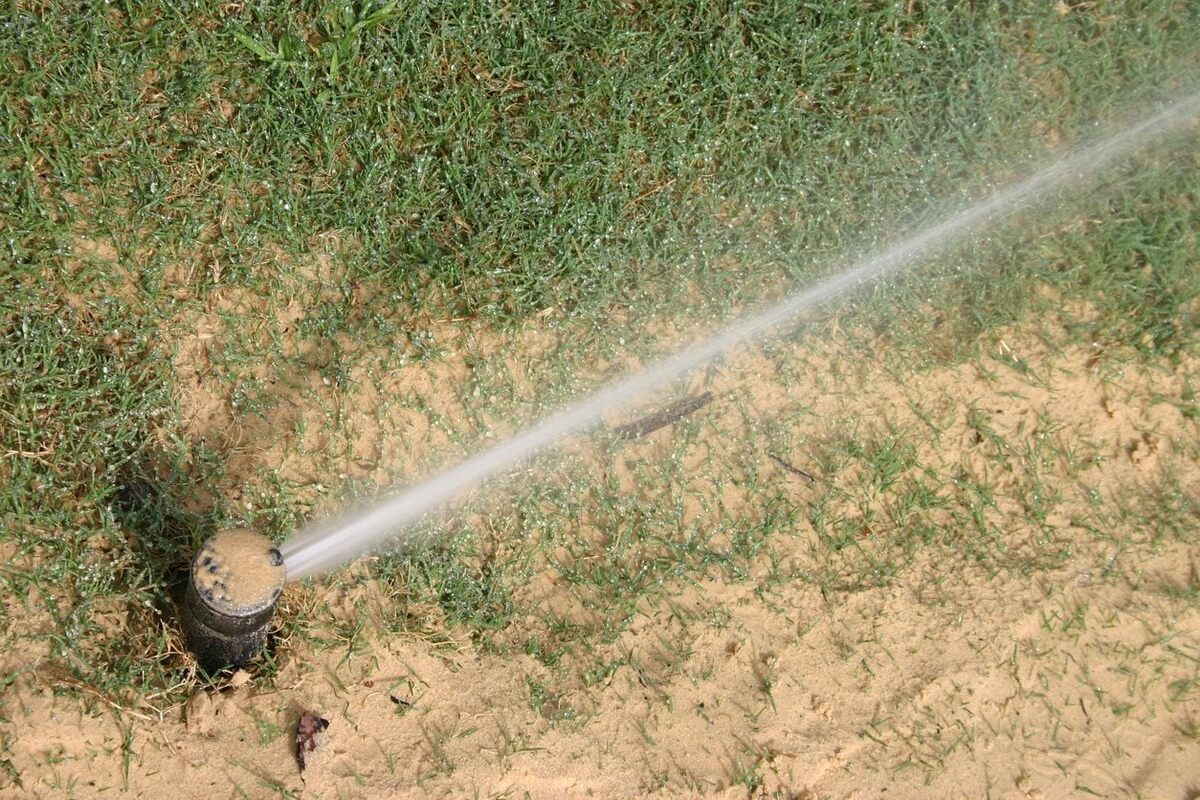
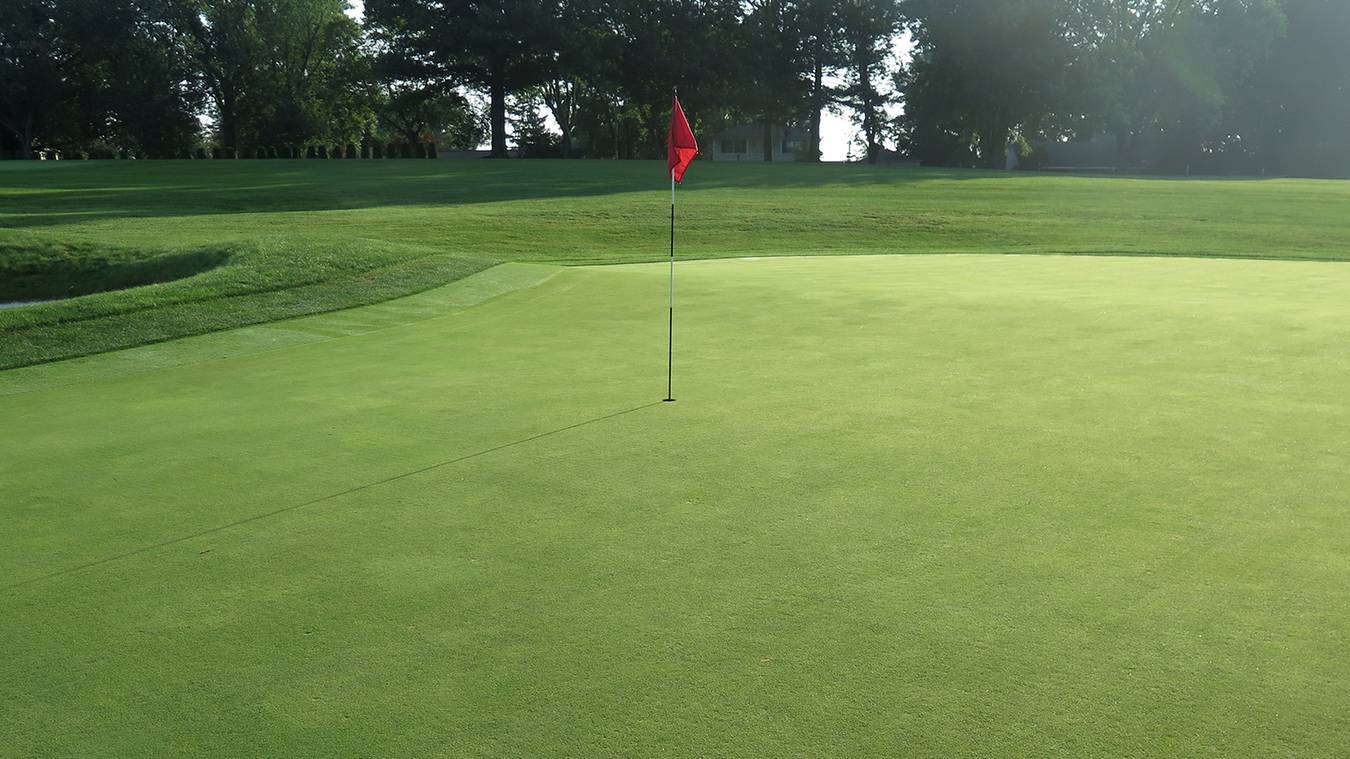
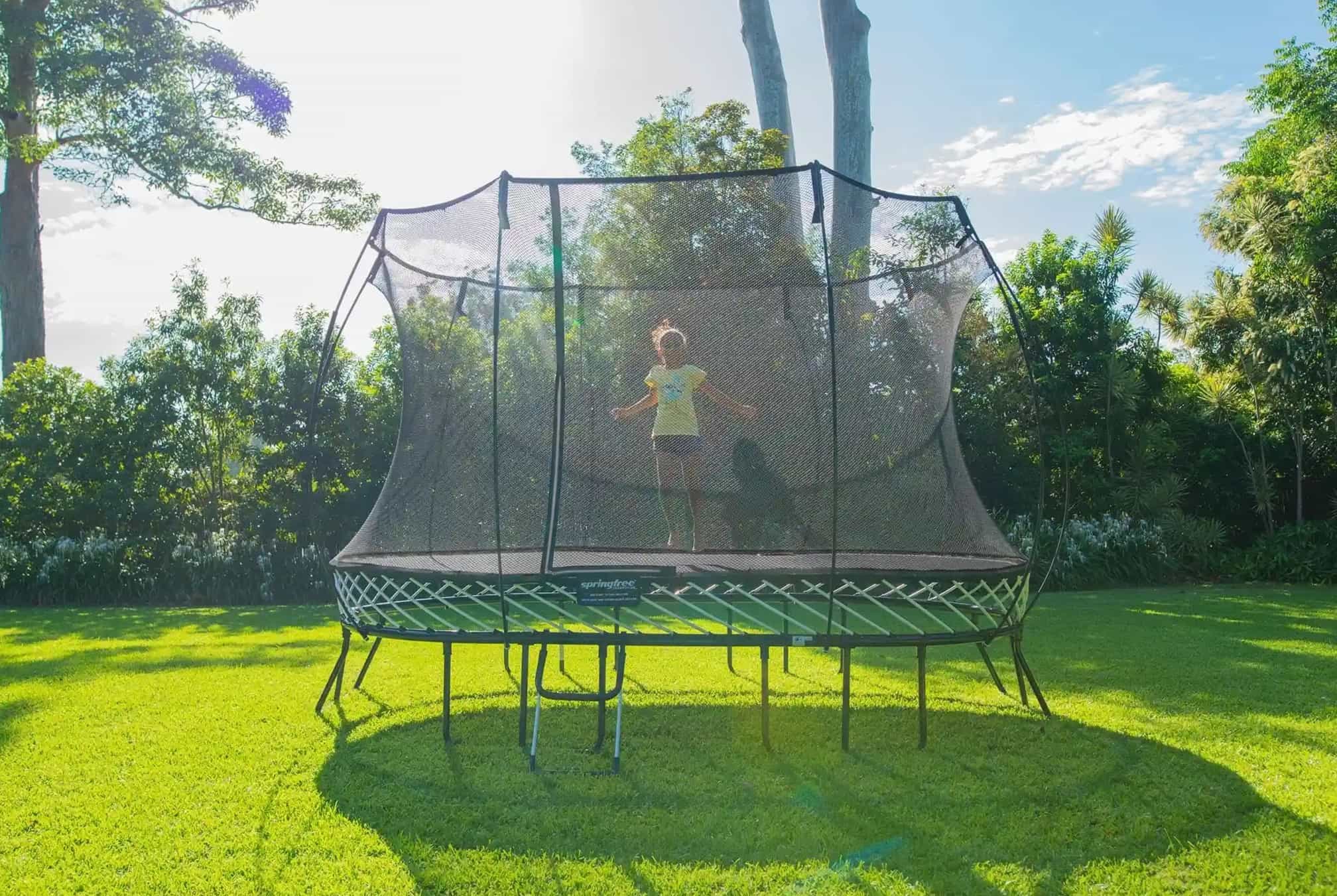

0 thoughts on “What To Put Over Grass Seed”